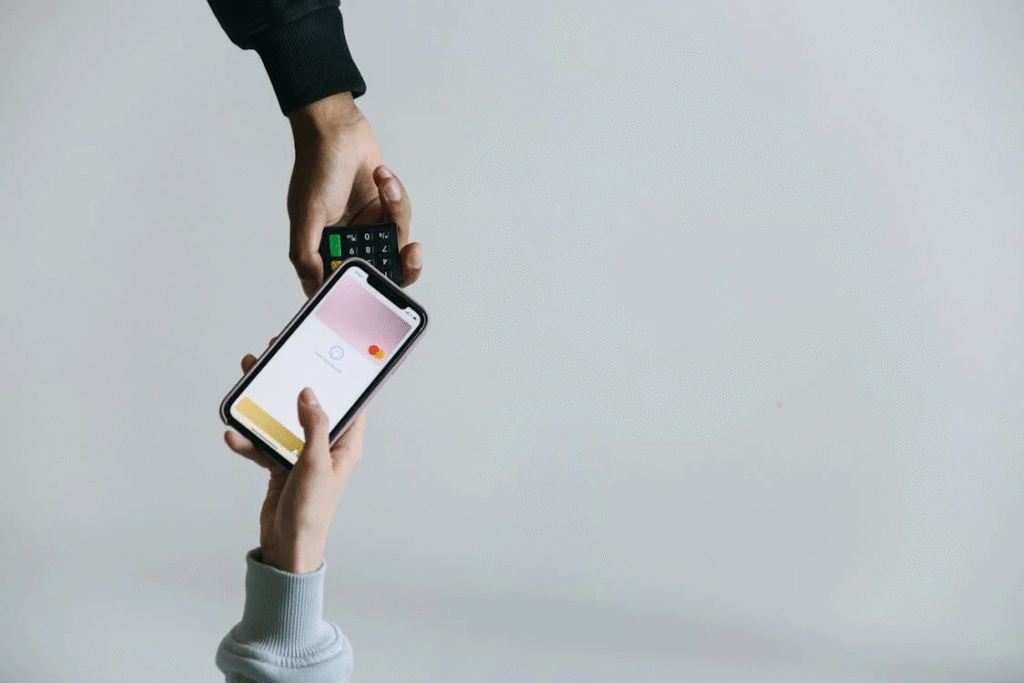How to apply for voice activated payments

Financial technology is evolving rapidly, and one of the most practical innovations in recent years is the ability to make payments using voice commands. With the help of virtual assistants like Siri, Google Assistant, and Amazon Alexa, it is now possible to transfer money, pay bills, or make purchases simply by speaking.
The process is simple, secure, and, most importantly, convenient. In this article, you’ll learn how to set up and request voice-activated payments in your daily routine.
What Are Voice Activated Payments?
Voice-activated payments are financial transactions carried out through spoken commands. The system works with smart assistants that interpret your voice, process the instruction, and execute the requested action.
With this technology, you can say things like “Hey Siri, send $15 to Carla,” or “Alexa, pay my internet bill,” and the assistant will complete the payment automatically, as long as it’s already connected to a payment method or digital wallet.
Choosing Your Voice Assistant
The first step to using voice payments is to choose the assistant that best fits your needs. iPhone and Apple Watch users can rely on Siri.
Those who use Android devices or Google Nest may opt for Google Assistant. Amazon Alexa is compatible with Echo devices and other products integrated into the Alexa platform.
Regardless of your choice, make sure your device is updated and that the voice assistant is properly enabled in your system settings.
Setting Up a Payment Method
After selecting your assistant, the next step is to link a valid payment method. This can be a credit or debit card, a bank account, or a digital wallet such as Apple Pay, Google Pay, or Amazon Pay.
On an iPhone, you can access the settings and go to the Wallet & Apple Pay section to add a card.
On Android, open the Google app, access Assistant settings, and locate the Payments area to add your details.
Enabling Voice Payments
Once your payment method is connected, you need to activate the voice purchase options.
In Siri’s case, you simply need to ensure that Apple Pay is working, and you can start using commands like “Send money.”
The system will request authentication via Face ID, Touch ID, or a password to confirm the transaction.
Google Assistant requires voice match to be enabled and voice payments to be authorized in settings. The assistant may ask you to configure a voice ID before allowing any financial transaction.
Payment Security
Security is one of the most important factors when using this type of functionality. To prevent fraud or unauthorized access, assistants use voice recognition, facial biometrics, fingerprint sensors, or passwords.
It is essential to review your settings and enable all available protection options, especially if the device is shared with other people.
It’s also a good idea to avoid using the feature in public spaces or near others who might overhear and try to imitate your voice.
While voice recognition technology is advanced, taking extra precautions is always wise when dealing with personal finances.
Making Your First Payment
Once everything is set up, you can test the system with a simple transaction. Say something like “OK Google, send $1 to João,” or “Alexa, pay for my last Amazon order.”
The assistant will confirm the transaction or ask for authentication before proceeding. The experience should be fast, practical, and completely secure if everything is configured correctly.
Benefits of Voice Payments
This type of payment offers unmatched agility. Instead of opening a banking app, typing passwords, and confirming manually, you resolve everything with a simple phrase.
Accessibility is also a strong point, making the technology inclusive for people with physical or visual limitations.
In addition, many assistants integrate with banks and wallets that already offer robust security, giving users greater confidence as they start using voice commands for payments.
Learning how to request voice-activated payments can transform the way you handle finances in your daily life.
With a simple setup process and a few security precautions, this feature can provide real convenience, whether you have a busy schedule or are just looking for more autonomy.
If you haven’t tried it yet, now might be the perfect time to take a step into the future of digital transactions.

